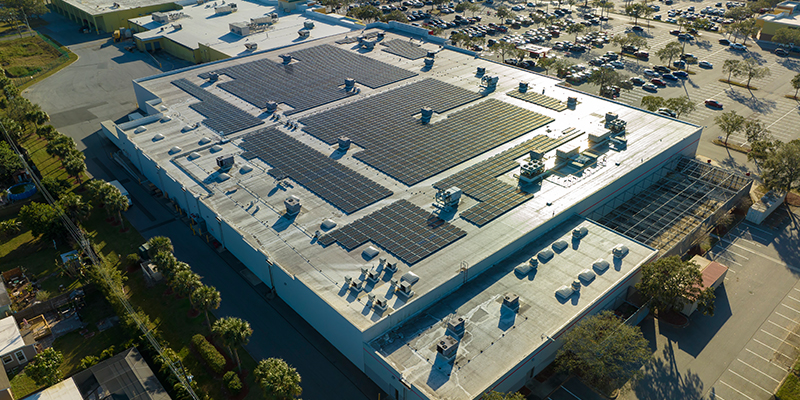When J.C. Renshaw, head of supply chain consulting North America for Savills, started his career 35 years ago, supply chains had not been invented. Okay, they were there, but it was when the COVID-19 pandemic hit that “supply chain” became a household phrase – especially for people who were late to their local retailer to purchase toilet tissue. For the layperson, and even those in the industry struggling to manage their unwieldy supply chain, the definition is the same: getting the right “stuff” to the right place at the right time. Simply said, not easily done.
In his discussion, Renshaw set the stage for where we are now, covered some of the current megatrends challenging supply chains, and discussed the many countervailing and interwoven forces at work. The goal is to find and wield the magic wand that will result in even the smallest competitive edge in the marketplace.
From labor shortages, retention issues, and rising costs to international transit through the Suez and Panama Canals, and huge fluctuations in inventory level requirements, supply chain leaders have their hands full. While port volumes and congestion have normalized, huge ports (Los Angeles and Long Beach, and New York/New Jersey) find themselves competing for business – and port incentives are a novel approach the industry has had to embrace.
The underlying questions for businesses trying to manage the fluctuations in inventory across the marketplace are how much space do we need, and where do we need it?
Investing in port efficiencies has provided returns on investment in some instances in the external part of the chain, but other investments in transportation (i.e., robotics and inside vehicles to move products inside a warehouse environment) have reaped benefits at another point in this intricate puzzle.
Trends to watch over the next few years include nearshoring, labor issues, transportation, and analytics. There are risks in each category that give pause. While nearshoring has benefited Mexico, for instance, the risk is in getting the product safely out of Mexico, with the cartels doing their best to keep it from happening. “Transportation and inventory account for 60-70% of supply chain costs,” Renshaw said. These are the two areas supply chain experts will need to manage well moving forward.
Looking at the labor issue, do robots in the manufacturing arena help or hurt? They may decrease costs with their increased efficiencies, but are human employees on board? Drones can deliver within a warehouse, but will we see them swarming our neighborhoods? Not in the near future, but the answer to the supply chain conundrum is in the analytics that will help leaders maximize their flexibility, resiliency and efficiency.
Looking ahead, Renshaw predicts the use of 3PLs will grow. These experts in logistics will be worth their cost. Outsourcing the analysis and having their people do the work so you can do yours is worth it. AI will be a tool to help decision-making by improving the ability to create and test scenarios in an hour instead of a week.
Ultimately, the goal with players in the supply chain field will be to find a competitive edge – be it labor, transportation, inventory, cost control, or somewhere else – that will set them apart.

This post is brought to you by JLL, the social media and conference blog sponsor of NAIOP’s I.CON West 2024. Learn more about JLL at www.us.jll.com or www.jll.ca.








